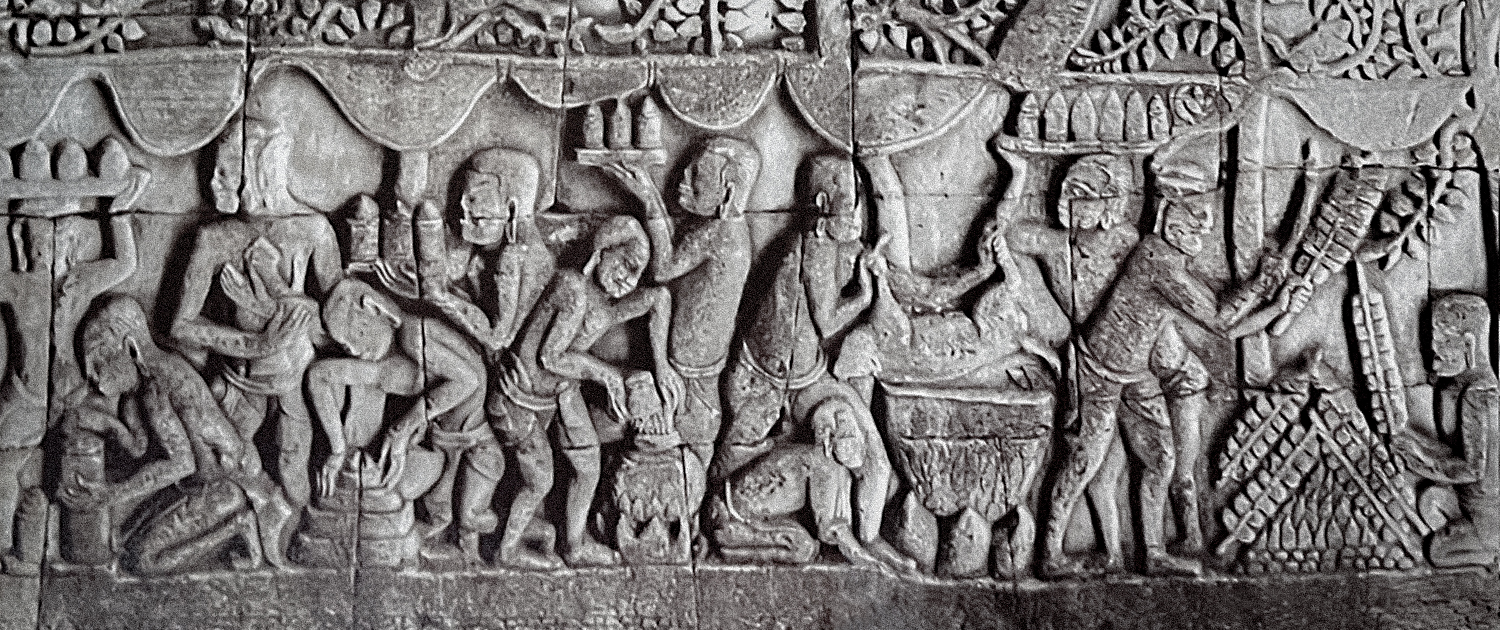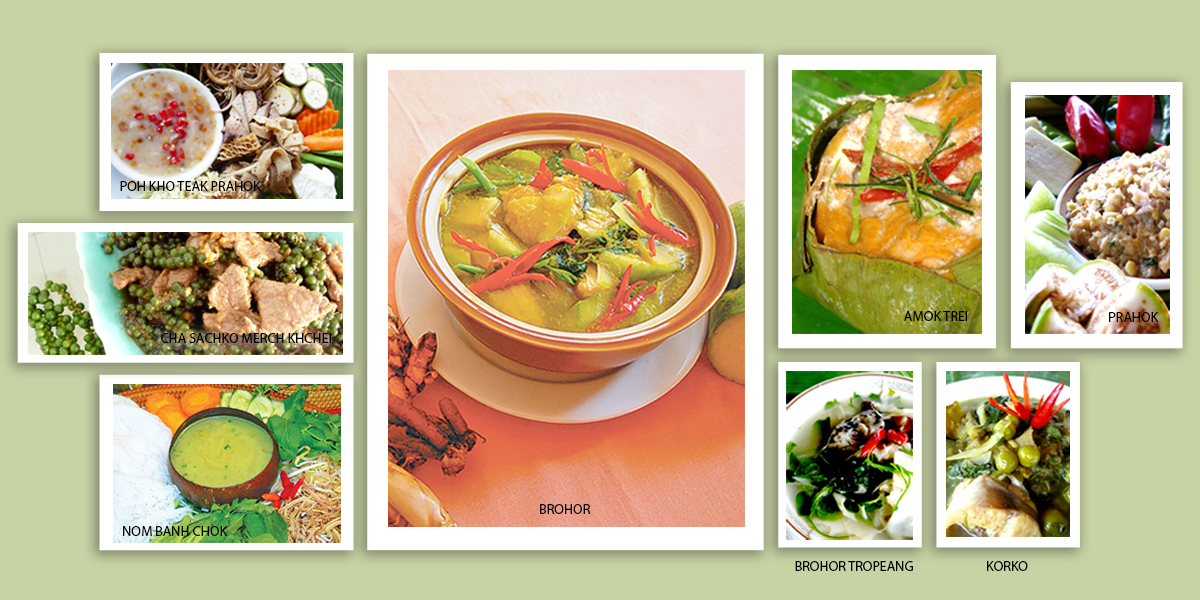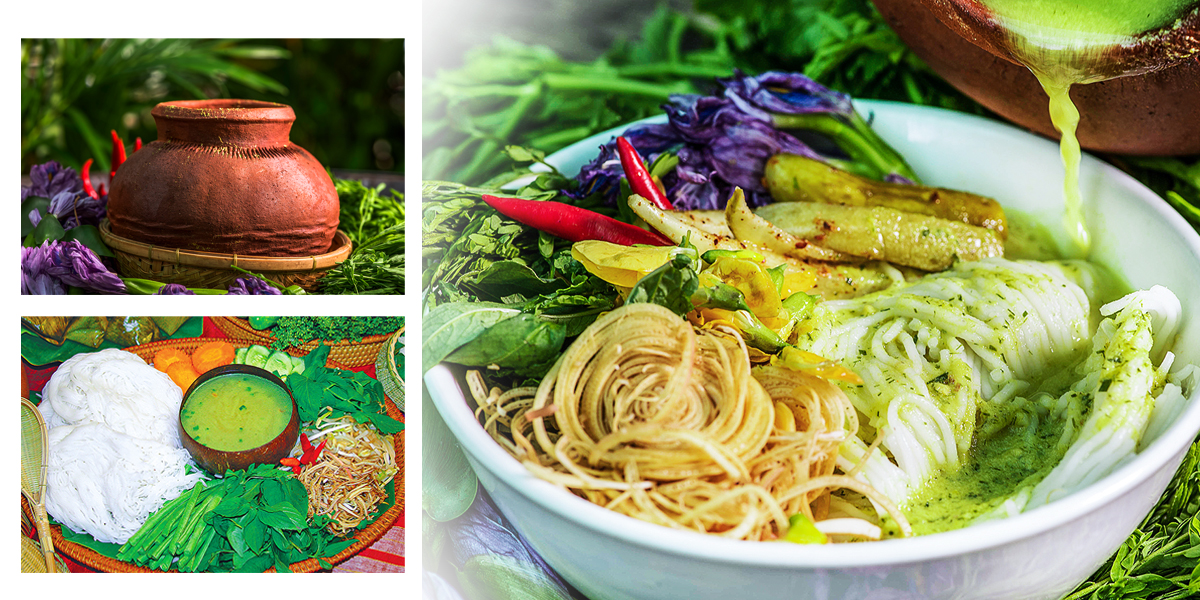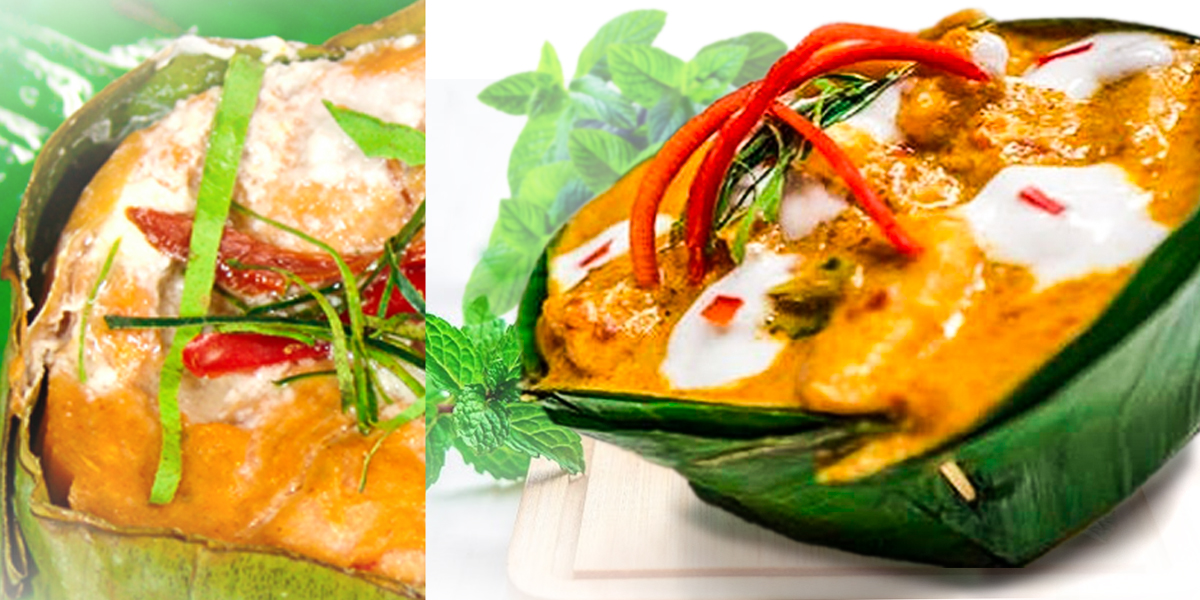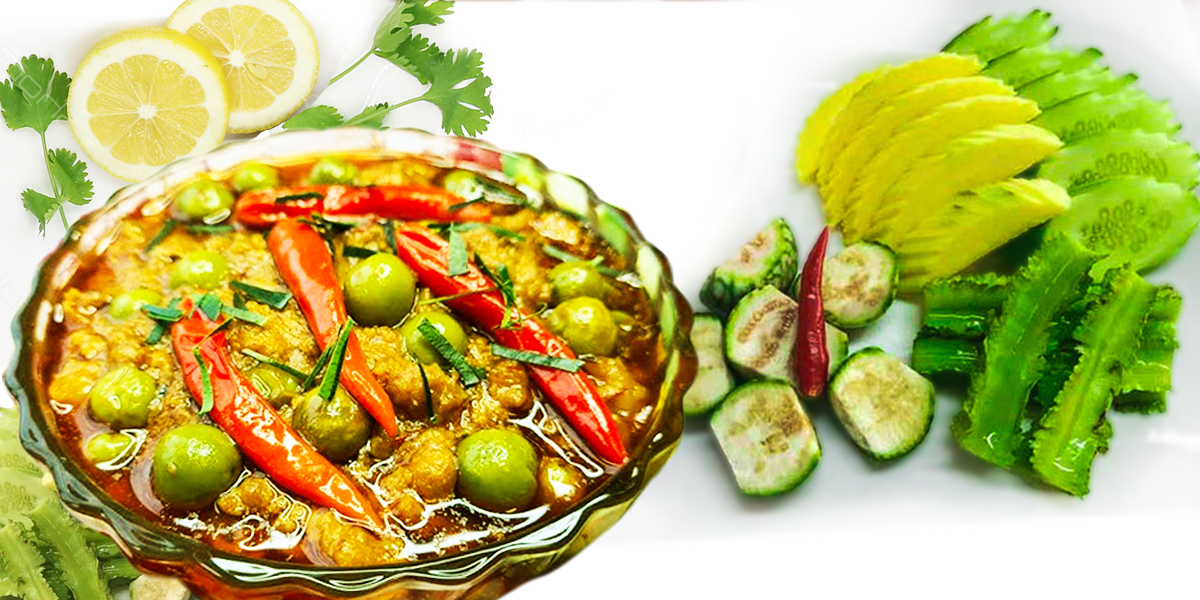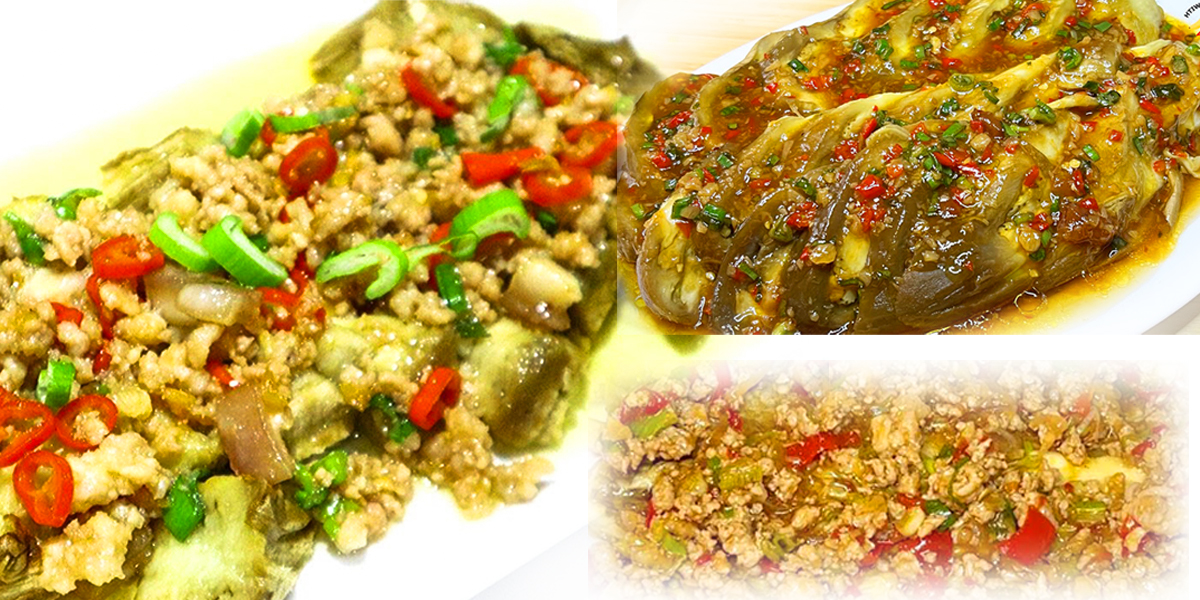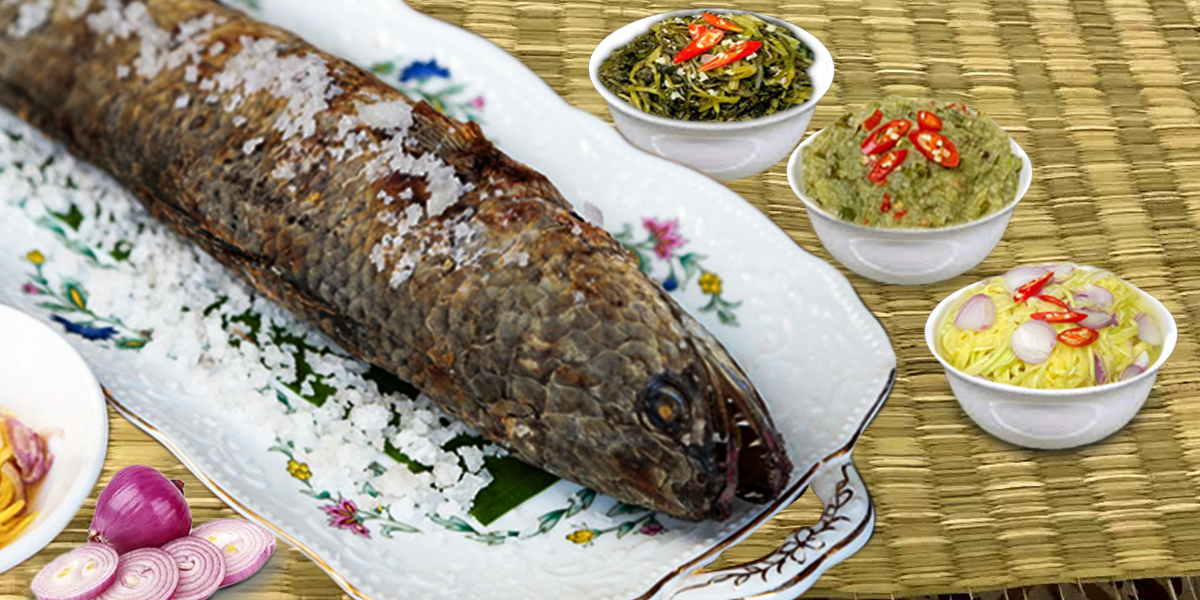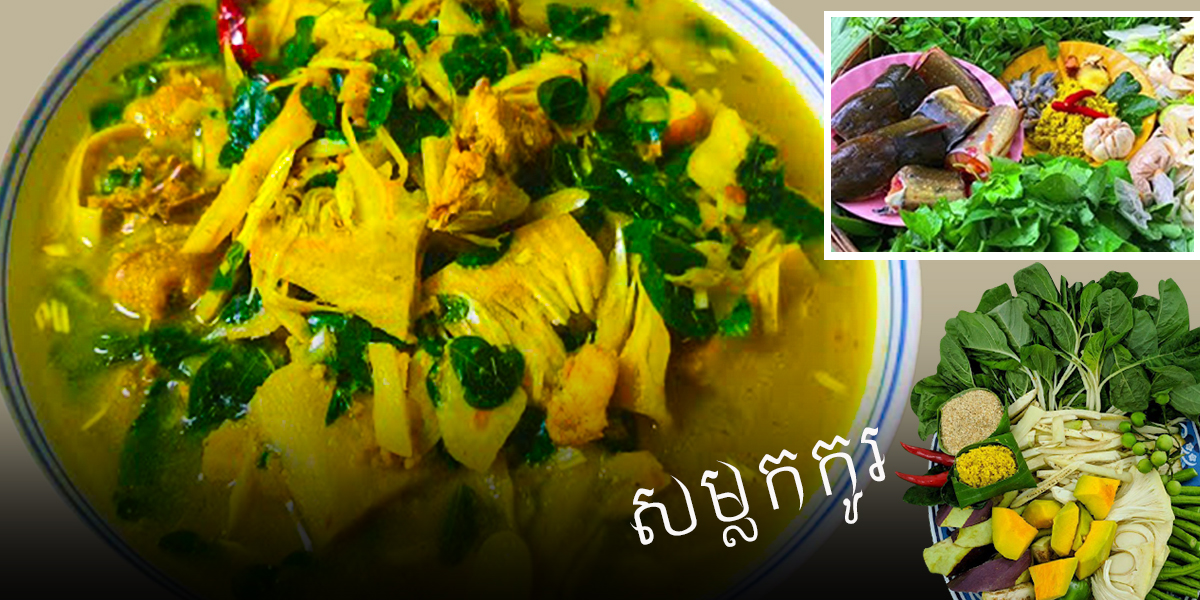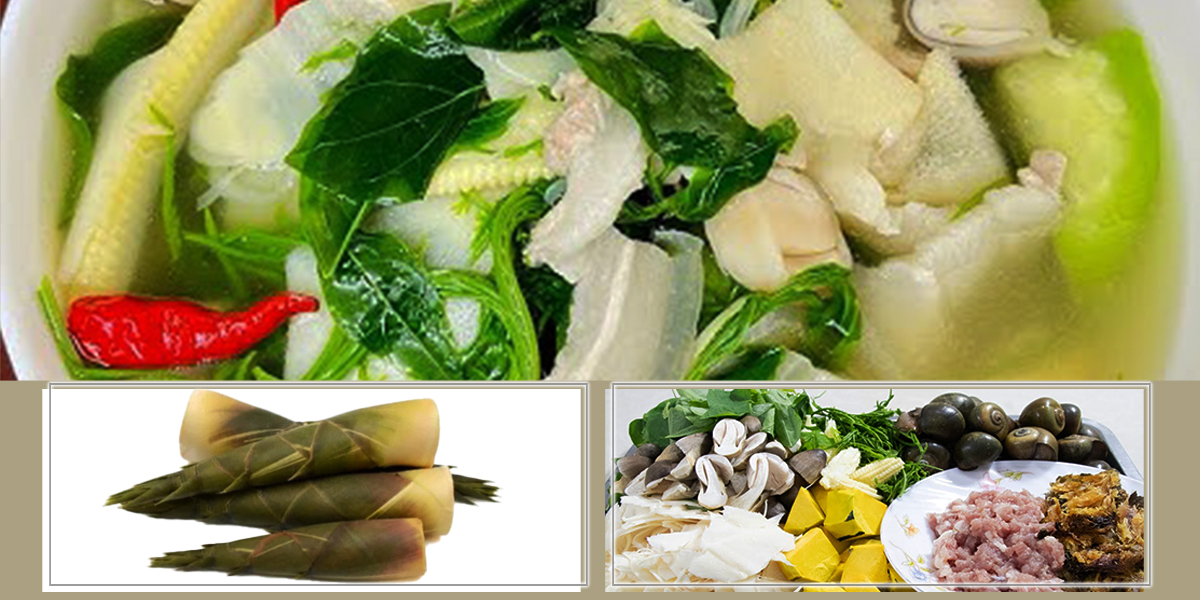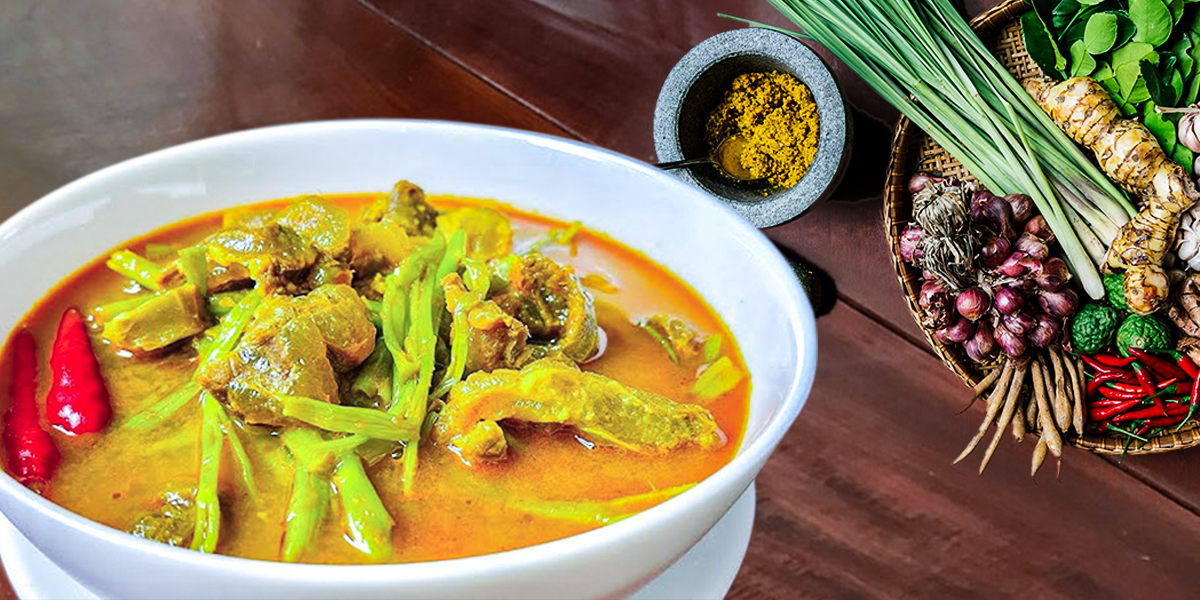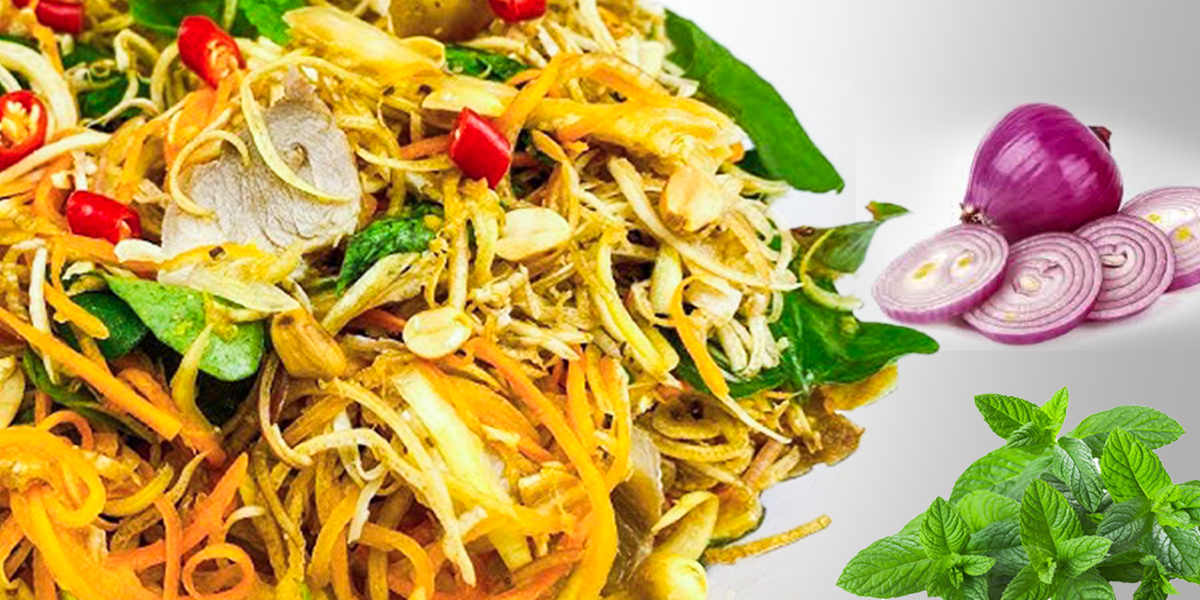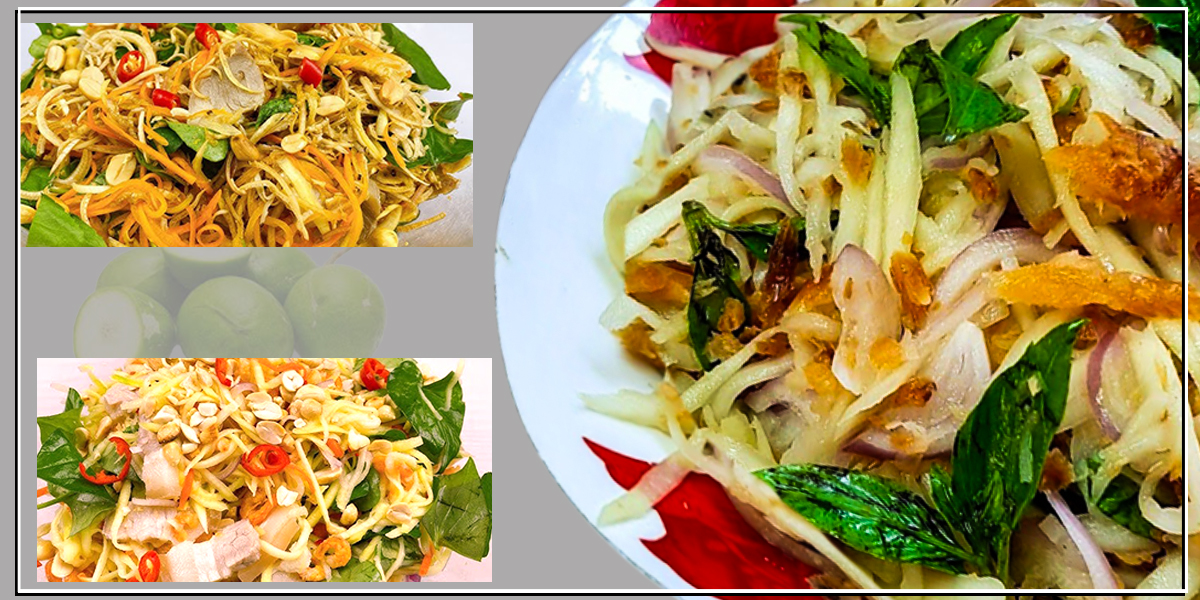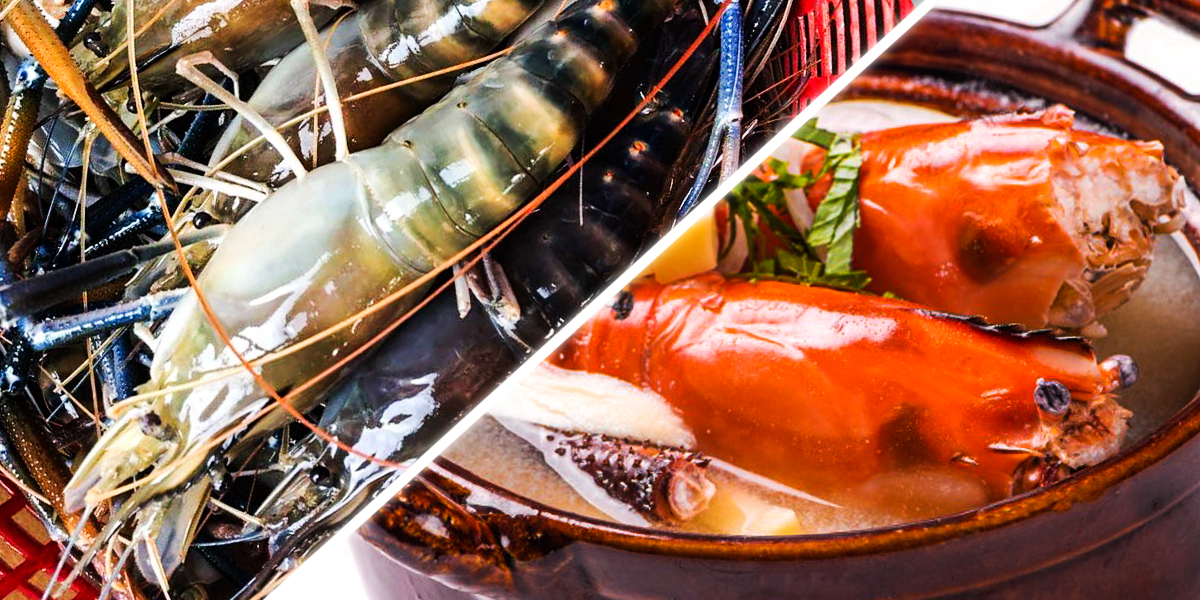Cambodian cuisine includes noodles, soups, grills, stir-fried, curries, salads, desserts, lots of vegetables, tropical fruits, and of course rice which is the staple food for Cambodians. Cambodian culinary secrets are rarely written down; the recipes were instead handed down from mother to daughter. From an ancient origin has come a traditional cuisine of unsuspected treasures: a unique blend of flavors and colors that enhance the natural ingredients used.
Cambodians perfected the art of blending a spice paste using many ingredients like cloves, cinnamon, star anise, nutmeg, cardamom, ginger and turmeric. Adding other native ingredients like galangal, garlic, shallots, lemongrass, cilantro, kaffir and lime leaves to these spices to make a rather distinctive and complex spice blend known as “kroeung.”
Although noodles are also popular, almost every meal includes a bowl of rice. A wide range of curries, soups and stir fried are usually served with rice. Being in a country that produces many rice varieties, tourists can enjoy the best aromatic grains and various types of glutinous rice. The latter is more commonly served with a salad or in desserts with fruits. There are two other unique ingredients that give Cambodian cuisines their fabulous typical flavour.
One is a pungent fermented fish paste known as pra-hok and the other, the kapi, a fermented prawn paste. These require an acquired taste for most but they are beloved by some who used them in many dishes or even taken as a dipping sauce. Collectively, these ingredients have become an important aromatic combination commonly used in Cambodian cuisines.
Typically, a Cambodian meal is served with rice and at least three other dishes. It usually includes a soup or samlor, served alongside the main dishes. Each of the individual dishes will either be sweet, sour, salty or bitter; these exist side by side in harmony, sometimes even within a single dish, to offer an original melody. Chili is usually left up to the individual to add. In this way tourists are subtly ensured that they get a bit of every flavour to satisfy their palates. Khmer dishes are often less spicy yet deliciously tasty.
Myths about Cambodian Cuisine …
Foreigners are often puzzled and wonder what’s really on a typical Cambodian menu. Although not as publicly known as some of the dishes in the neighbouring countries, Cambodian dishes are rather distinctive and yet delicious.
Although it may appear difficult to some, Cambodian food is actually simple to prepare and quite straightforward. Cambodian food doesn’t require too many ingredients; the art of Cambodian cooking lies in the simplicity of combining herbs and seasonings.
Because of some similarities, Cambodian cooking is quite often compared with other food in the region. Some claim that Cambodian dishes are influenced by those of its neighboring countries, yet most people do not realise that many of the dishes served in South East Asia actually have their roots in Cambodian Cooking. The Cambodian Kingdom which is centred in Angkor, ruled an empire that included most of South East Asia more than a thousand years ago.
Indeed, there is resemblance but there are however significant differences between Cambodian cooking and the others in South East Asia. Cambodian recipes go very far back to the days before the introduction of the chili and therefore much milder than most other Asian food. The chili was not known in Asia until the 16th century when it arrived with the Portuguese.
The Cambodian curry is a popular dish favored by many foreigners because it is not spicy therefore making it more appealing. The Cambodian curry may appear red and spicy, but it is actually quite sweet as Cambodians traditionally use sweet potatoes in curries, whereas cooks from other Asian countries use potatoes. The redness comes mostly from the Kruop kak seeds and not from chili.
Perhaps an outstanding distinction in the array of ingredients is the Prahok; a crushed, salted and fermented fish paste used as a seasoning or a condiment. Cambodians use the Prahok in most of their cooking. The Prahok gives the food that distinguished Cambodian flavor and taste. This highly aromatic and strong flavored paste originated as a way of preserving fish during the longer months when fresh fish was not available in abundant supply. However, contrary to popular belief, Prahok is not required in every Cambodian dish.
Cambodian food is truly unique if one must really compare it to cuisines of other countries around south-east Asia. Like with all things Cambodian, be it music, dances or food; Cambodian cuisine is extremely traditional.
Nom Banh Chok is Cambodia’s national dish and earmarked for adding to the World Heritage List.
On 9 June, 2019, Cambodia’s Prime Minister, Samdech Hun Sen, declared the day, a National Nom Banh Chok Day of Unity and Solidarity for Cambodians.
Nom Banh Chok is an irreplaceable Cambodian noodle dish made from fermented rice dough; one that has its roots dating back a very long time ago. This is a dish so adored by Cambodians and so central to Cambodia’s culinary culture that almost every Cambodian from every walks of life have developed a staple relationship with it. Usually taken at breakfast, many would also have the Nom Banh Chok for lunch.
The long and laborious traditional method of making these Khmer rice noodles has been passed down from generation to generation and still impeccable.
Traditionally, although a broth (fish gravy or curry), is added over the Nom Banh Chok (noodles) and then topped an assortment of fresh vegetables such as banana blossom, cucumbers, and water lily stems, along with a variety of fresh herbs including mint and basil, these noodles are delicious on their own or eaten with a sprinkle of dried chili flakes, or a dip into a dish of chili oil with sesame seeds.
Following are a few popular Cambodian dips and delicacies that tourists may wish to experience when in the country.
AMOK TREI
Amok Trei, a cornerstone of Cambodian cuisine, is a rich and intricate dish, reminiscent of a soufflé, that even renowned Chef Gordon Ramsey mastered during his visit to Siem Reap. This steamed delight features delicate fish, usually freshwater varieties, marinated and simmered in a luxurious coconut milk base infused with aromatic herbs and spices. Traditionally steamed in banana leaves, Amok Trei offers a subtle earthy fragrance and a visually captivating presentation. Accompanied by fragrant jasmine rice, it’s a balanced fusion of flavors and textures that showcases Cambodian culinary mastery. It’s a dish often prepared for special occasions and celebrations, reflecting the country’s rich culinary traditions and hospitality.
PRAHOK KTIES
Prahok Kties is a delicious staple dish of Cambodian cuisine. Prahok, which means fermented fish, is GOLD to Cambodian cuisine, and can take up different shapes of flavor, depending on the recipe. Prahok Kties is fried with pork taken from the belly sides of the hog, which accentuates the flavor, particularly with the amazing quality of pork (sakchru) that Cambodia produces. It leaves you with an amazing taste in your palates.
CHA TROB
Trob (Brinjal) is amongst one of the most treasured vegetables in Cambodia. With its richness in flavor and vitamins attributed to the rich soil which it is grown in, this is a year-round favourite of the people. The trob is usually grilled before being introduced to the wok to be fried with herbs and shallot in oyster sauce. The delicious crunch and the essence of oyster sauce, truly compliment this delicious and abundant vegetable.
TREI DOT
Trei Dot is one of the oldest Cambodian dishes. This enduring traditional favourite remains well celebrated even until today. Baked with herbs and condiments stuffed inside the fish and wrapped snugly with salt to trap in all that freshness, it is so delicious and yet easy to prepare. The herbal stuffing enhances the sweetness of the meat; the salt wrapping keeps the meat juicy and extremely tasty.
KORKO
Korko, the hearty traditional gravy is truly quite delightful; its base ingredient is actually toasted rice pounded and turned into a tasty base and complimented by prahok, pork and pumpkin, which together add a delicious warmth and texture to the palate. Korko, is one of those great fusions of traditional ingredients cooked to perfection.
BROHOR TROPEANG
Broher tropeang is a refreshing soup. Light, and crisp, the hearty flavor is awarded to the unique flavoring from the green leaves and bamboo shoots. Step into the wilder side by adding prahok, fresh river fish and even smoked fish with mushrooms to spice up the fragrance. For a bit more, the connoisseurs of modern day Cambodia favour a tad bit of chili flakes to give it that extra kick.
MACHU KROUNG
Machu Kroung (soup), a healthy, fulfilling, flavorful sweet and sour soup that is incredibly wholesome. The fried peanuts
accentuate the soup. The lemongrass (slak krai) and the saffron truly complement each other and to top it off, the decorative local grown chili flakes (matey) make this quite an appealing site to the eye. This is in fact more
towards a curry than it is the soup that most foreigners thought it to be.
NHOIM TROYONG CHIEK
Nhoim Troyong Cheit is a delicious and refreshing salad complimented by the tasty banana flower (troyong cheit) accompanied by tasty chopped bits of nuts, onion, lemon and carrot. This dish can be prepared with pork or chicken depending on one’s preference. Whatever it is, the Nhoim Troyong Cheit is incredibly refreshing and quite a festival in itself.
NHOIM MAKAK
Nhoim Makak, is a delicious combination of dry shrimp, fish, fish sauce, chilli pepper and garlic and the Makak fruit all in one. The festivity of flavors in this mixed salad will awaken your senses. The kiwi-sized Makak
(Otaheite Apple) has a pineapple-mango like flavor and crunchy texture that makes this a better preference over using the Mango for this salad.
SGNOU CHRUK BONG KANG
This is the specialty and delicacy soup that will awaken your palates beyond belief. The fresh water lobster being one of the most flavorful creatures in Cambodia due to the richness of water in the country, really reflects on this dish as it is complimented by lemongrass, basil leaves, lime, chili and the delicious freshness of mint. Refreshing and Warming at the same time!

